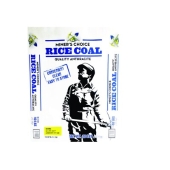Nancy, you're on the right track for retaining more water in your yard. Build organic matter in the soil; that's really the key. And build up the natural worm population (earthworms and native worms so they w ill aerate the soil and allow deeper water penetration (red wigglers can't survive in soil). Do that with deep mulches of soft OM like straw and leaves, and tons of good
compost. I like to top a straw mulch with a woody mulch, as the worms love the straw and the wood chips help build up soil fungi, which are primary sequesterers of carbon. Activated biochar will help, too.
I'm not sure why you want bentonite. That's usually used to seal soils to prevent water from penetrating. I know that clay does help with moisture retention--though nowhere near as well as organic matter, but I'd be worried about oversupplying bentonite and sealing the soil or creating a clayey hardpan.
On question #2, I'm not a nutritionist, but fruits mostly provide fast-burning sugars, not slow-calorie releasing starches and other carbs. And grains, tubers, and nuts have protein as well. I would not rely on fruit as a major carb source. I'd go with nut trees, tubers, and annuals like corn and beans. But it's hard to get a lot of calories from a small yard. My strategy is to grow nutrient-dense veggies, as they are expensive to buy compared to carbs and you can get constant yields in a mild climate like W. WA. Calorie crops are inexpensive, comparatively, so I buy these if there isn't a quarter acre or so to grow them (and enough time to be a subsistence farmer).







